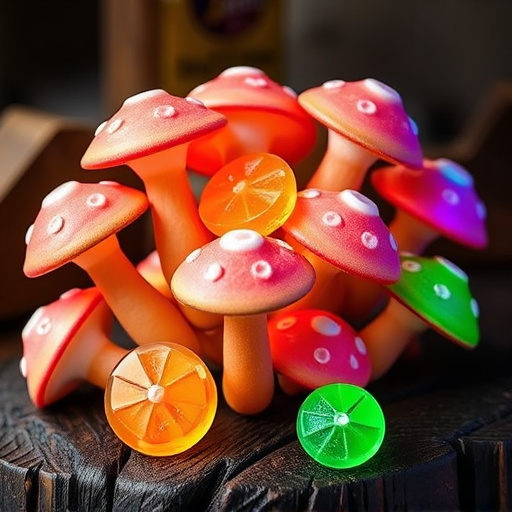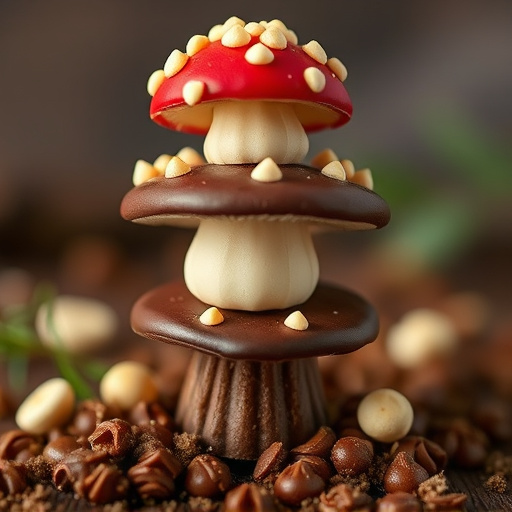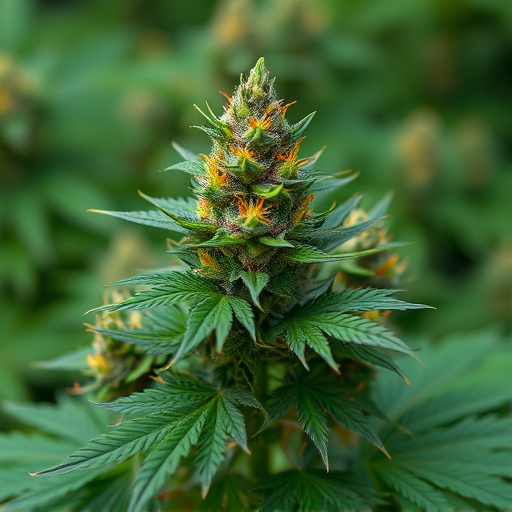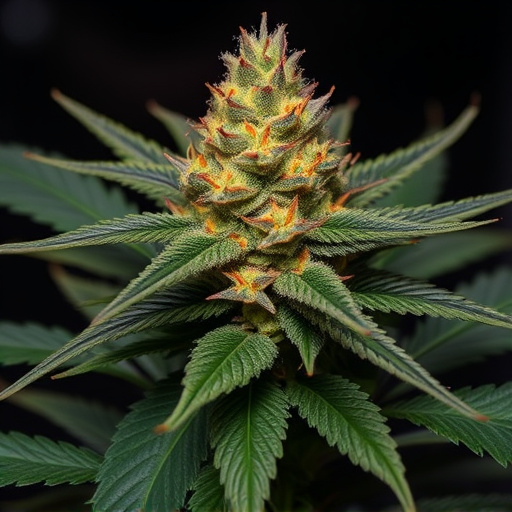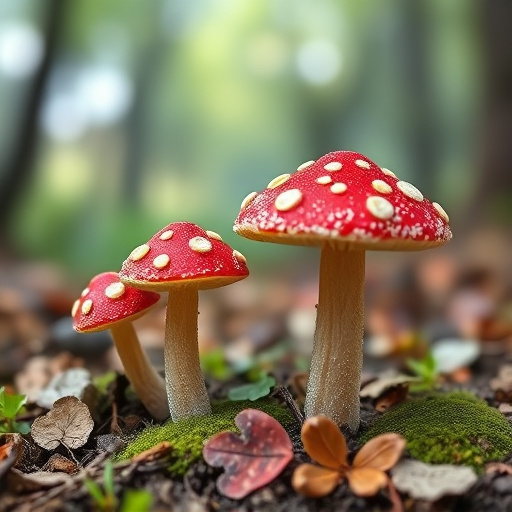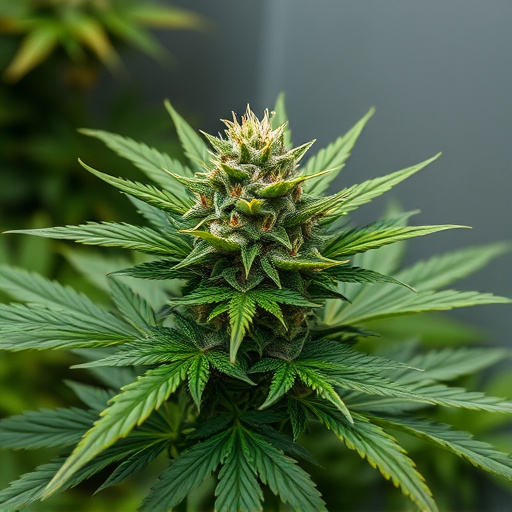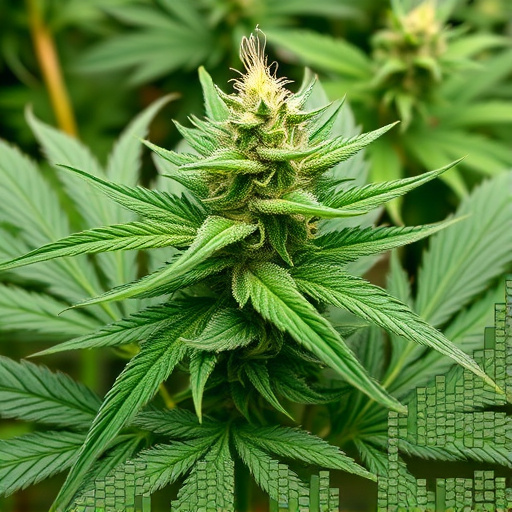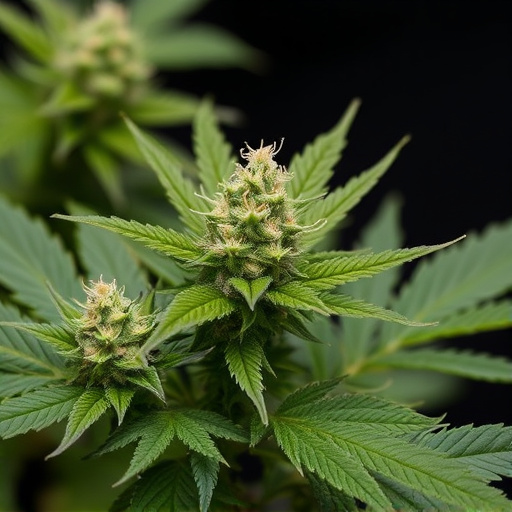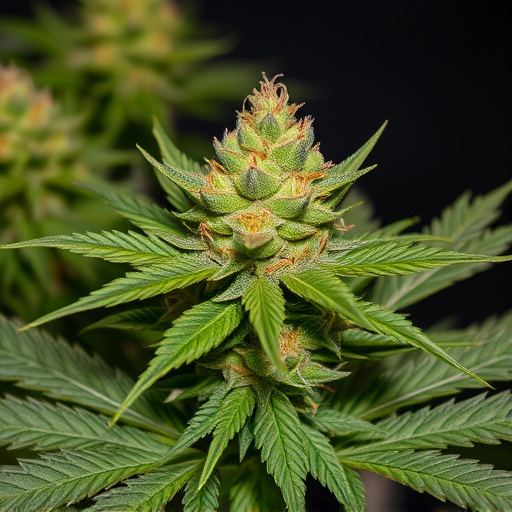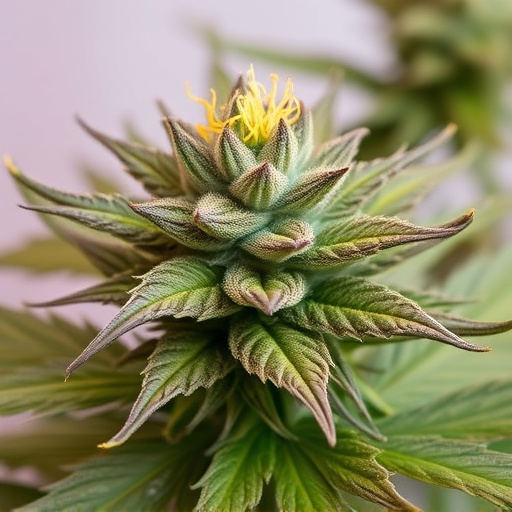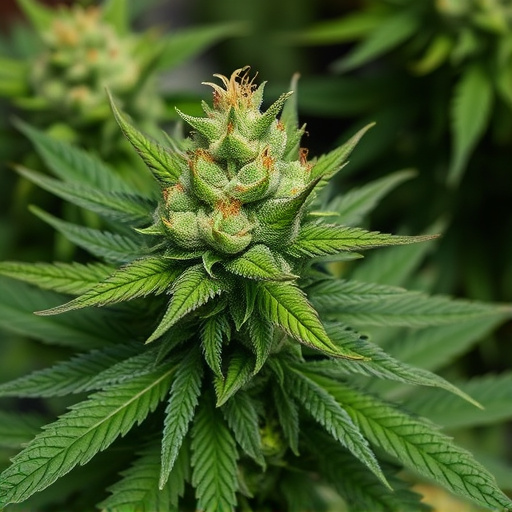Evaluating the quality of sour cannabis strains hinges on understanding trichomes—microscopic glandular hairs that produce cannabinoids like THC and CBD. Cultivators can optimize harvest time by examining trichome appearance, color, and resin build-up for specific characteristics indicative of maturity and potency, ensuring top-quality sour cannabis for consumers.
“Uncover the secrets to optimal harvests with our guide on checking trichomes for sour cannabis strains. Trichomes, small glandular hairs, hold the key to a strain’s quality and flavor profile. Learn how to identify mature trichomes and ensure you’re harvesting at the perfect time for maximum potency and terpene production. From understanding trichome development to mastering inspection techniques, this article equips you with the knowledge to consistently cultivate top-quality sour strains.”
- Understanding Trichomes: The Key to Sour Cannabis Strains' Quality
- Tools and Techniques for Effective Trichome Inspection
- Optimizing Harvest Time: Knowing When Your Sour Strains are Ready
Understanding Trichomes: The Key to Sour Cannabis Strains' Quality
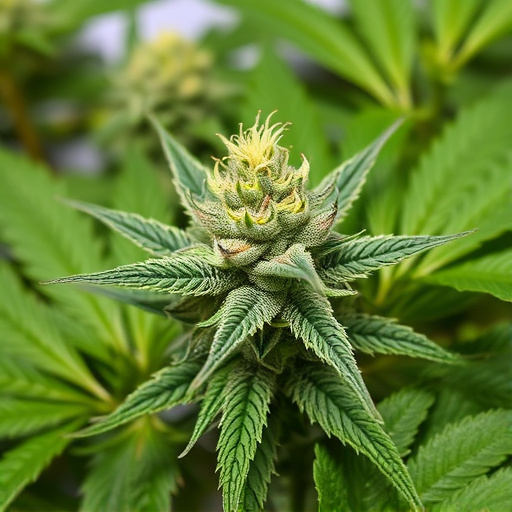
Understanding Trichomes is essential for assessing the quality and potency of Sour Cannabis Strains. These tiny hair-like structures, found on the surface of cannabis flowers, are the key to unlocking a strain’s true potential. Trichomes produce a range of cannabinoids, including THC and CBD, which contribute to the plant’s unique effects and medicinal properties.
In the context of sour cannabis strains, trichomes play a pivotal role in their distinct flavor profile and high. As these strains mature, specific terpenes and higher concentrations of cannabinoids develop within the trichomes, resulting in a more complex and tangy taste. By closely examining the trichome’s appearance, color, and resinous build-up, cultivators can determine the optimal harvest time to capture the strain’s full flavor and ensure top-quality cannabis for consumers seeking that signature sour experience.
Tools and Techniques for Effective Trichome Inspection
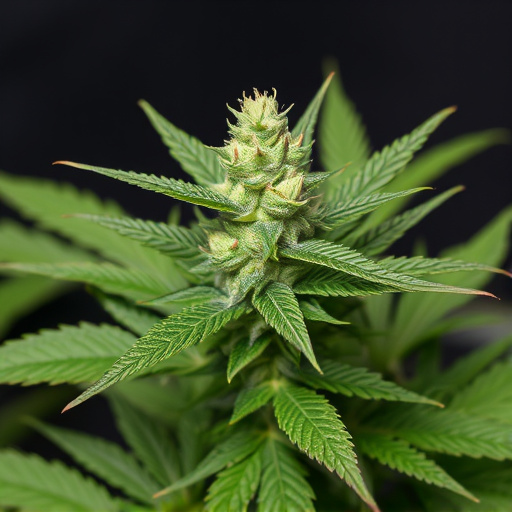
When it comes to evaluating the quality and ripeness of sour cannabis strains, one of the most crucial tools is a magnifying glass or a microscope. These allow for a close inspection of trichomes, the tiny hair-like structures that cover the surface of cannabis flowers. With the right magnification, you can assess the density, color, and size of trichomes, providing valuable insights into the plant’s current state.
For an efficient trichome inspection, consider using tools like precision scissors to clip small sections from the plant, a clean glass slide or petri dish for examination, and a drop of isopropyl alcohol (or water) to help visualize trichome details. By combining these techniques, you can thoroughly assess the health and maturity of trichomes, ensuring that your cannabis harvest meets the highest standards.
Optimizing Harvest Time: Knowing When Your Sour Strains are Ready
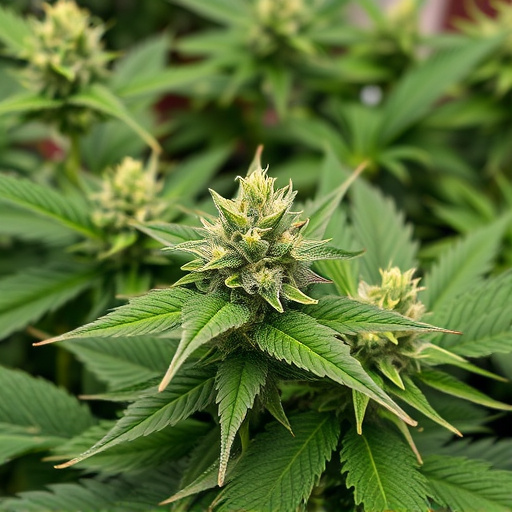
Knowing the optimal time to harvest your sour cannabis strains is crucial for achieving peak quality and flavor. Sour strains, known for their distinctive tartness, undergo a complex chemical transformation during flowering. This process involves the production of essential oils and terpenes that contribute to both the strain’s aroma and medicinal properties.
To ensure you’re harvesting at the perfect moment, closely monitor the trichomes—small glandular structures on the surface of cannabis flowers. As the plants mature, these trichomes will change color, typically turning from clear to milky or amber. This visual cue indicates that the cannabinoids, such as THC and CBD, have reached their highest levels, making your sour cannabis strains ready for harvest.
When cultivating sour cannabis strains, learning to check trichomes is a game-changer. By understanding their role in quality and using the right tools, you can optimize harvest time, ensuring your plants are ready to deliver that sought-after tangy flavor. Mastering this art allows growers to provide top-tier products, catering to the demands of those who appreciate the unique characteristics of sour strains.
